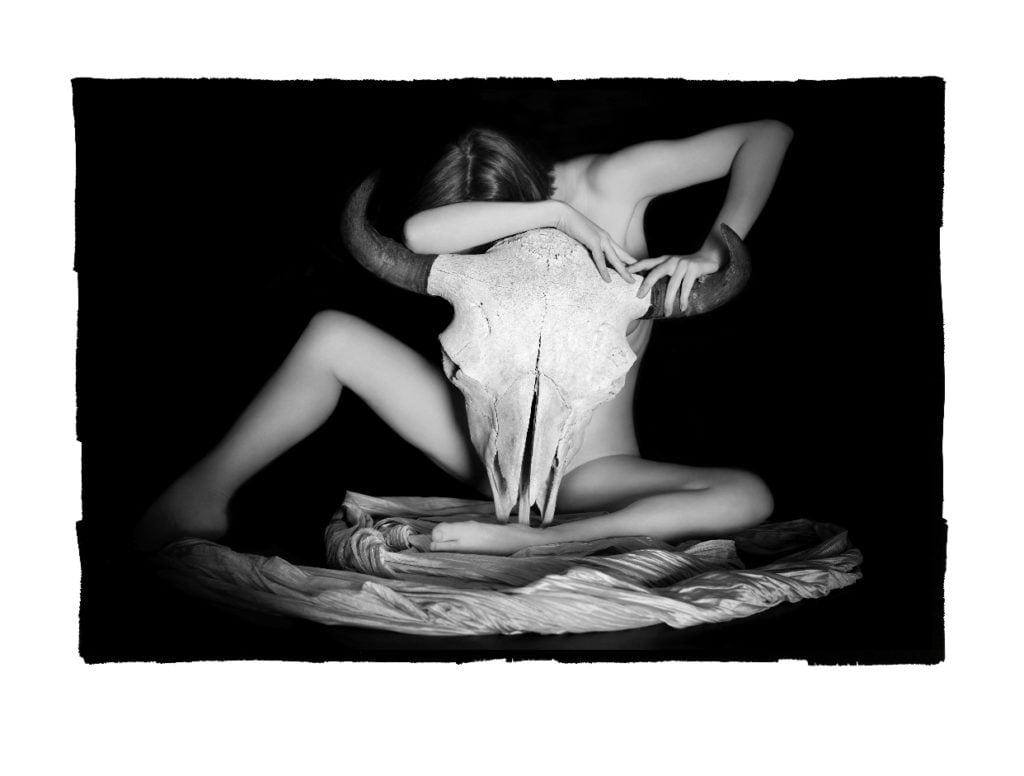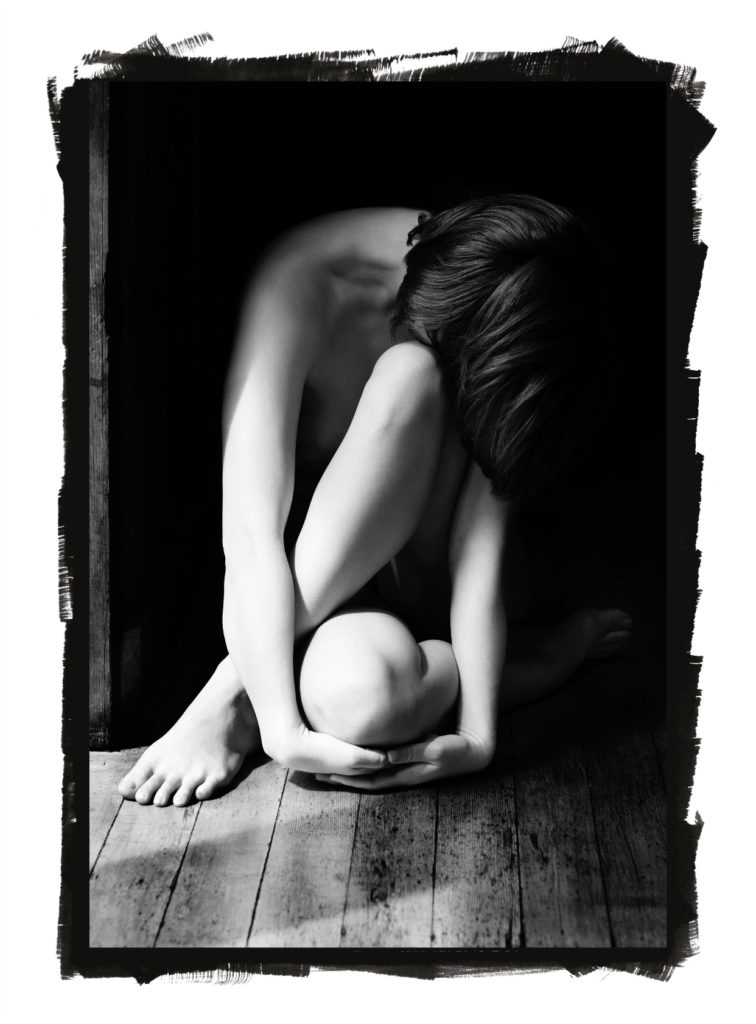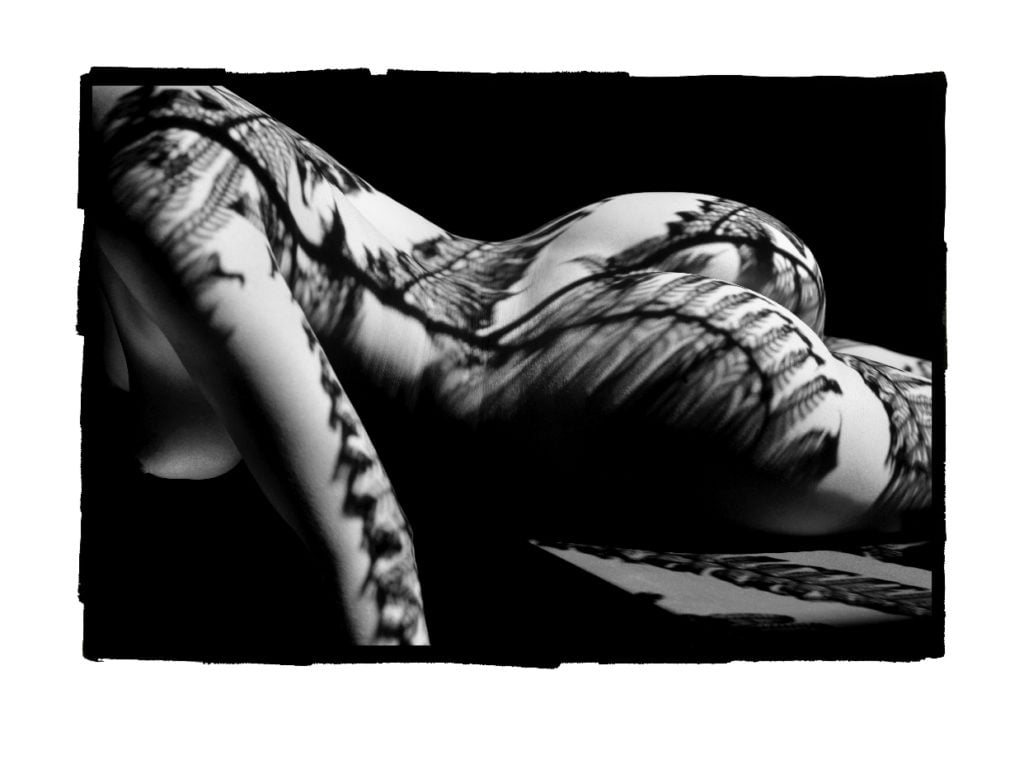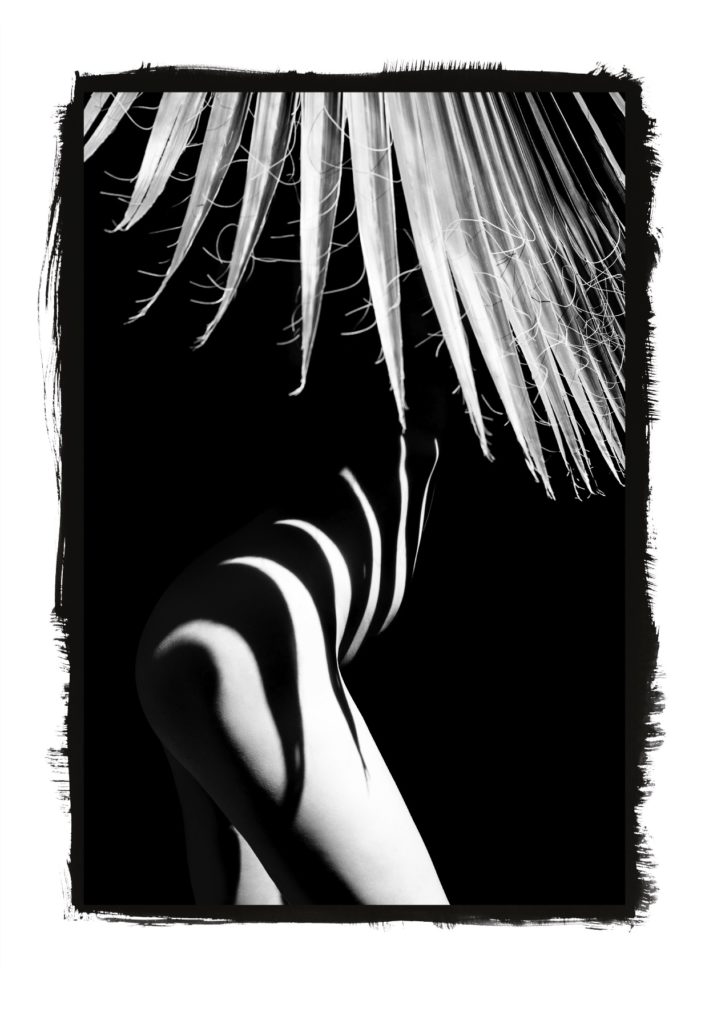‘I Transposed Myself Into His Imaginative Psyche’: How Legendary Photographer Edward Weston Inspired Maryam Eisler’s New Show


Artnet Gallery Network

For her previous body of work, “Searching for Eve in the American West,” artist Maryam Eisler photographed female models deep in the heart of the New Mexico desert—a project inspired by fellow Southwest enthusiasts Georgia O’Keeffe and Ansel Adams, as well as a number of modernist writers.
Now, the the Iran-born, London-based artist and patron has put herself in the shoes of another modernist master—Edward Weston—for a follow-up project. For “Imagining Tina: A Dialogue With Edward Weston,” which opens next week at Tristan Hoare in London, the artist reimagines Weston’s relationship with Tina Modotti, an Italian artist and activist with whom he had an ongoing affair, through his lens.
Like many photographers, Eisler admires Weston and read his “daybook” diaries. She was particularly interested in the first of these volumes, in which Weston describes his years in Mexico with Modotti.

Maryam Eisler, Big Sur I (2018). Courtesy of the artist and Tristan Hoare.
The pair’s immersion in the post-revolution cultural milieu appealed to Eisler. “I’m a child of revolution myself,” she tells artnet News. “I left Iran because of the revolution and haven’t gone back since. The feeling that’s described by Edward in the wake of the revolution, the things that were going on politically, socially, artistically—it sung to me.”
It’s not hard to see the attraction. Weston and Modotti’s relationship makes for a fascinating story, one that intersected with the lives of some of the greatest artists, activists, and thinkers of the 20th century, including Frida Kahlo, Pablo Neruda, and José Clemente Orozco.

Maryam Eisler, Carmel I (2018). Courtesy of the artist and Tristan Hoare.
In May 2017, Eisler ventured out to Wildcat Hill, the home studio in Carmel-By-The-Sea, California, where Weston lived and worked from 1938 until his death in 1958. She convinced Kim Weston, Edward’s grandson who occupies the home today with his wife, to let her come and stay for several days and to explore the remaining artifacts of the photographer’s life, from his old desk, dining table, and darkroom materials, to little handwritten notes he left around the house. She even signed Weston’s guestbook, leaving her mark among some of the other impressive names.
“It was literally like stepping back in time and photographic history, bathing in this incredible atmosphere. I remember stepping into the darkroom—it was monastic to me, almost like a religious experience. I couldn’t believe it. All the great photographs that have always mesmerized me were printed there, on that printer, right there and then.”

Maryam Eisler, Point Lobos I (2018). Courtesy of the artist and Tristan Hoare.
Eisler worked with a female model, photographing her in stark black and white around Wildcat Hill, Carmel, and the nearby national park in Big Sur—all in the style of Weston. She’s shown lost in a mid-day shadow, or interacting with a variety of plants, all of which were taken from Weston’s own garden. The model’s face is rarely shown; instead, her body becomes the primary focus, contorted or curled up in sensual—though decidedly not sexual—poses. It’s what Eisler calls the “sublime feminine.”
“While photographing at Weston’s home surrounded by this history, I found that I began observing the body with an emphasis on purity of form and extracting an essence of the sublime feminine through shadow and light; presenting a more intimate portrait of ‘Woman,’ with a capital W,” reads the foreword to the exhibition catalogue. “I found myself constructing a visual interpretation of how I imagined Edward looked at Tina at the height of their passion, traveling the fine line between lust and trust, the untouchable and the intimate. In transposing myself into Edward’s imaginative psyche, I may have managed to get to know him just a little bit better. And that in itself was priceless.”

Maryam Eisler, Bodie House I (2018). Courtesy of the artist and Tristan Hoare.
“Imagining Tina: A Dialogue With Edward Weston” will be on view from February 7 – March 2, 2019 at Tristan Hoare in London.